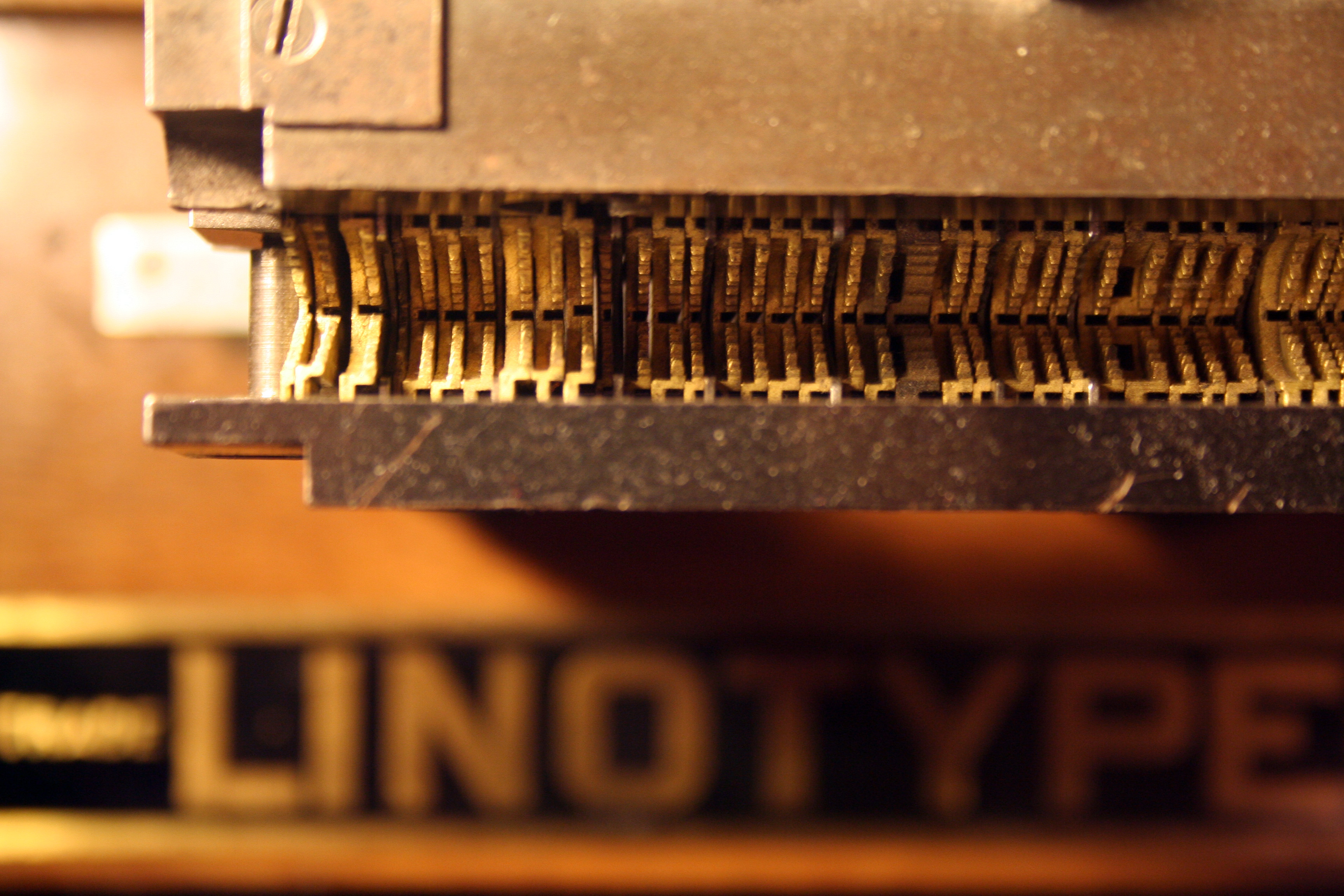T-60. The History of 19th- & 20th-Century Typography & Printing
John Kristensen & Katherine McCanless Ruffin

By the end of the 18th century, letterpress printing had been in existence for 350 years, and in that time it had changed technologically hardly at all. Baskerville, Bodoni, and Didot were printing from essentially the same hand-cast type on the same handmade paper with the same wooden presses that Gutenberg, Jenson, and Aldus had used. By the end of the 20th century, letterpress had been eclipsed by the printing technologies that continue to change the way we deal with, and even think about, the printed word. The 200-year interval considered in this course, which, in no coincidence, also saw the rise of the Enlightenment and industrialism, is characterized by a series of dynamic tensions between continuity and change. The scale and influence of printing changed profoundly, yet letterpress, dominant throughout the period, remained identifiably the same technology. Letterpress, in its capabilities and its limitations, shaped not only how typography developed, but to a great degree what it is today.
T-60 will examine the inextricable bond between the technological and cultural contexts of typography and printing: the evolution of ideas about the graphic expression of thought and language; the revolution of ideas about printing as an art; and the very concept, as we now understand it, of graphic design. While acknowledging the monumental books of the period and the great personalities who created them, the course will attempt to see them—books and people both—not in splendid isolation but as responses, and sometimes challenges, to prevailing conditions and expectations.
Students in this course will learn how to describe and identify typefaces and the periods they represent. Lectures, discussions, and demonstrations will give an overview of the evolution of typography and printing and highlight case studies that are particularly illuminating. The course will emphasize the examination of original materials from the RBS collections and the Albert and Shirley Small Special Collections Library. In addition, students will engage in hands-on typesetting and printing lab sessions using RBS’s type and Vandercook proofing press.
In their personal statements, applicants should describe their interest in and experience with typography and printing. Applicants are asked to state their goals for the course and explain how this course might fit into their scholarly and/or creative practice.
Course Resources
Course History
2013
John Kristensen and Katherine McCanless Ruffin teach this course for the first time.
